Four years after his move to Hong Kong Sean Dix’s design studio is thriving. Habitusliving editor Lorenzo Logi met with him on a recent trip to Australia to hear his thoughts on the rise of Chinese design.
July 2nd, 2012
“The idea that Chinese quality is bad is absolutely comical” says Dix, speaking of his experiences with Chinese manufacturers. “It’s not that Chinese quality is bad, it’s that the retailer, the distributor who wants cheap stuff – their quality is bad. You pay a nickel you get a nickel, you get what you pay for.”
Dix’s entry into China has been a learning experience, not just navigating the expected obstacles of language and bureaucracy but adjusting to the Chinese business culture; “it does get a little bit easier but its always complicated” he says, “also culturally it’s difficult, not just practically, because you can’t get mad – you’re not allowed – you get mad and everything falls apart. So you have to be pretty calm and tolerate a lot of irritation that you wouldn’t tolerate anywhere else and slowly things start to go in the direction you want. You can’t force anything; you force it and it falls apart.”
In this regard the Kansas-born, Pacific-island raised designer benefits from his somewhat itinerant upbringing; with a father who worked in the US Peace Corps the family moved frequently and Dix learned to adapt quickly to new environments. And especially for somewhere like China, being on the ground is paramount: ”People aren’t willing to make the commitment and they tend to really underestimate how difficult it is”, comments Dix, ”you can’t really work in China unless you’re there”.
As much as his own studio has enjoyed a relatively unique position of combining international design expertise with an almost native relationship with the manufacturing process, Dix predicts that before long the Chinese themselves will be exporting high quality, Chinese-designed products to the rest of the world. “Chinese manufacturers have been quietly producing OEM stuff for big western brands for 20 years, and what’s really interesting is that they’ve gained a lot of skills and they understand very, very well the production, the logistics, even the distribution”, he points out. “All these guys almost with out exception are thinking ‘hey wait a minute, why are we doing this when we could be developing our own brands and building our own empires?’… and so you’re going to see in the next five or ten years an explosion of very, very strong Chinese brands”.
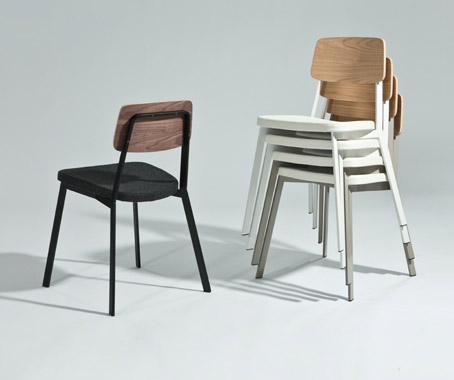
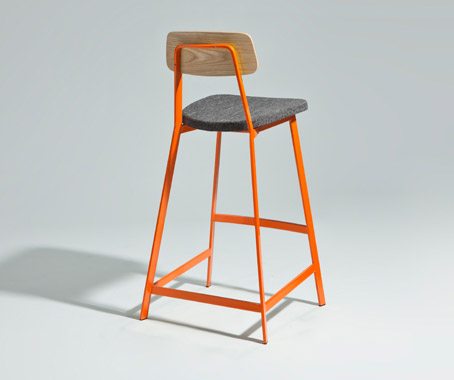
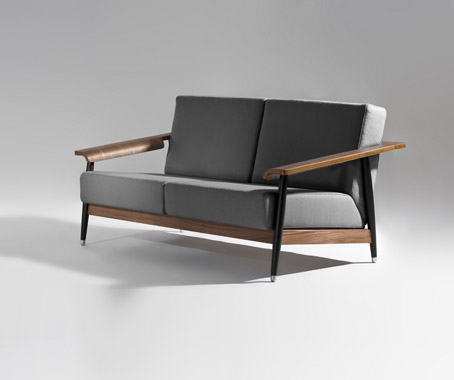
Sean Dix’s latest range of furniture includes the Sprint chair, Sprint stool, and Dowel Loveseat sofa.
The Sean Dix brand is available in Australia exclusively from Zenith Interiors.
INDESIGN is on instagram
Follow @indesignlive
A searchable and comprehensive guide for specifying leading products and their suppliers
Keep up to date with the latest and greatest from our industry BFF's!
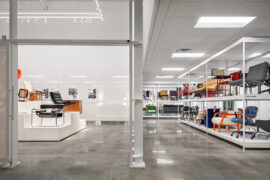
The undeniable thread connecting Herman Miller and Knoll’s design legacies across the decades now finds its profound physical embodiment at MillerKnoll’s new Design Yard Archives.
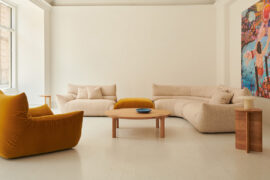
A curated exhibition in Frederiksstaden captures the spirit of Australian design

London-based design duo Raw Edges have joined forces with Established & Sons and Tongue & Groove to introduce Wall to Wall – a hand-stained, “living collection” that transforms parquet flooring into a canvas of colour, pattern, and possibility.
Café Culture’s Cucina exemplifies the warmth of home-cooked meals, the fire of heated discussion, and the charm of family togetherness in a single table.
Discover the people and movements shaping design at the annual Colourways Trend Forecast Workshop.
The internet never sleeps! Here's the stuff you might have missed
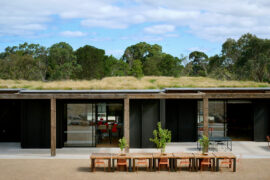
McIldowie Partners, in association with Joost Bakker, has been awarded The Learning Space at the INDE.Awards 2025. Their project, Woodleigh Regenerative Futures Studio, redefines the educational environment as a living ecosystem that nurtures sustainability, innovation, and community.

Foster + Partners has recently delivered two significant projects in Sydney, working across both commercial and public transport infrastructure.